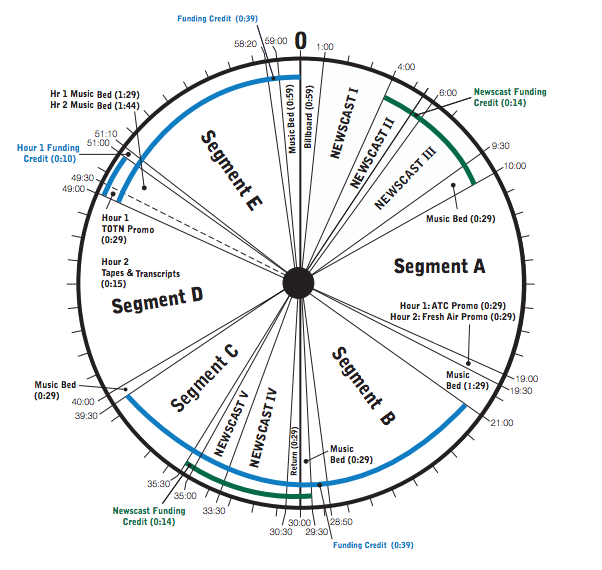I’m the reporter on Episode 19 of Life of the Law. But ordinarily I edit this podcast (along with the talented Alisa Roth). Not that many podcasts have editors, much less two. We’re very lucky these positions were built into Life of the Law’s original concept, along with that of a sound designer (who comes to us in the form of Kaitlin Prest).
So here’s why we think editors are so important to audio storytelling. With audio, we ask a lot of the audience. Listeners have to make sense, bit by bit, of the story that’s coming at them, even as they’re probably distracted by driving a car, riding a subway, washing dishes. They are, in a real sense, our collaborators in making stories make sense. If we confuse the listener, or bore the listener, or allow distractions to be more interesting than the story in their ears, we are falling down on the job.
But for reporters, it’s hard, if not impossible, to hear the story they’re putting together. Reporters are deep in the work of transcribing interviews, explaining concepts and putting the story in a logical order. Nothing is fresh anymore. And I’m pretty convinced that we use different parts of our brains to compose stories and listen to them. An audio editor acts as a bridge between those two sides, hearing the story as a first listener and helping the reporter understand what’s going wrong. You can hear the difference between an edited and unedited piece—I’m saying this as someone who has put plenty of unedited messes out on the air as a reporter. But I would only understand the nature of that mess after it was too late—as I was listening to my stories being broadcast.
I’ve only recently come to podcast editing (it is, after all, a very nascent field). When I edited stories for broadcast programs, I had another job in addition to good listening: I had to make sure stories fit to time. Most programs in the public broadcast system have strict clocks with only so much room for individual features. I’ve been thinking quite a bit about the effects of this clock system, since I just did a story about it for our friends over at the design podcast 99% Invisible.
Like the host of 99% Invisible, Roman Mars, I have mixed feelings about the clock-free world of podcasts, and I struggle as an editor with our lack of time constraints at Life of the Law. On the one hand, it’s great not to be running a stop-watch every time I edit a reporter’s work and to make content a higher priority than length. On the other hand, a strict time limit has a way of clarifying what’s really important in a story. When does a piece tip from fascinating to dull? It’s different for every listener, of course, but the clock relieved me of having to figure that out purely on the basis of content. If a broadcast feature had to be 4:30, then it had to be 4:30, period. That kind of constraint kept a lot of storytelling temptation at bay.
Through trial and error, though, we’re finding most Life of the Law stories tend to hit their stride in the 10-14 minute range. This seems to be the right length to explore a complex issue from many angles, but not to digress so far as to lose focus.
Having no standard length allows us to really focus on the content of stories. But it also makes it hard for public radio stations to pick up the show, since they do tend to follow the regimented broadcast clock. So we’re now in the process of thinking hard about how to adapt what we do to make it more broadcast-friendly. Should we produce shorter versions of our stories to fit within a segmented public radio clock? Or should we go wide and produce hour-long specials?
Either way, the difference between podcast and broadcast production is turning out to be much bigger than it sounds on the other end of the earbuds. It’s like we podcasters and broadcasters inhabit separate but overlapping dimensions. All across public media, people are struggling (with limited resources, of course) to get these worlds—digital and broadcast production—to align so we can all best serve listeners, whether they come to stories on the radio, via their computers or mobile devices. Or all of the above.
So if you listen to the Life of the Law podcast, how do you listen? And how much is the show’s length an issue for you? We’d love to hear your thoughts, since we’re all creating this new form of storytelling together.
Image is the clock for NPR’s Morning Edition. It and other clocks NPR uses can be found here.









